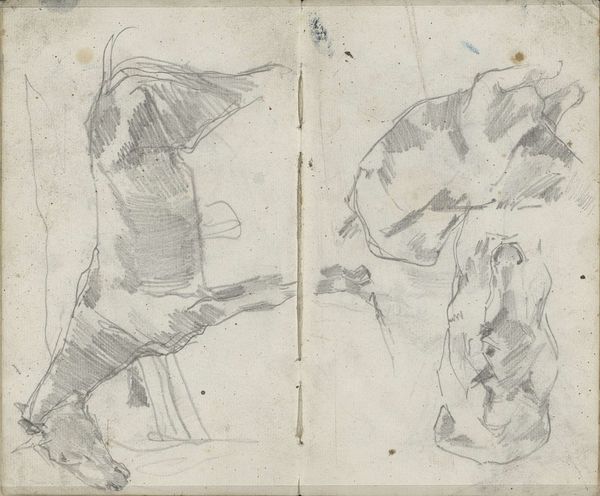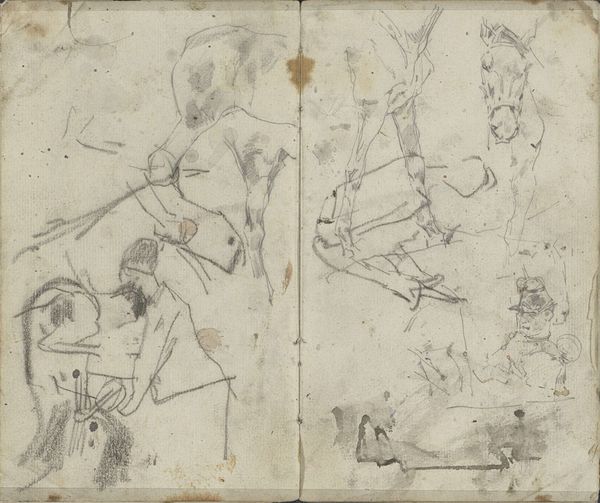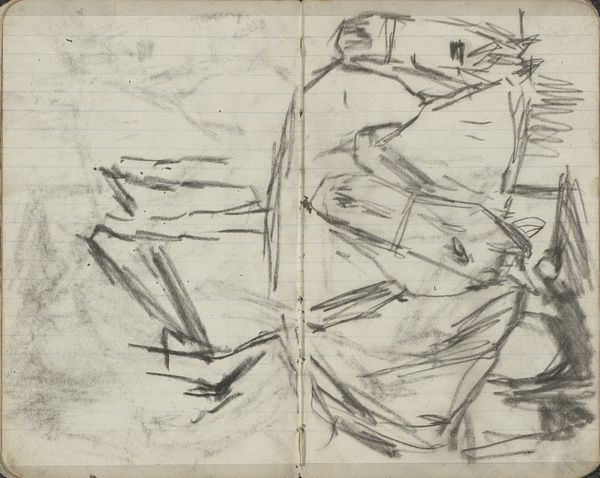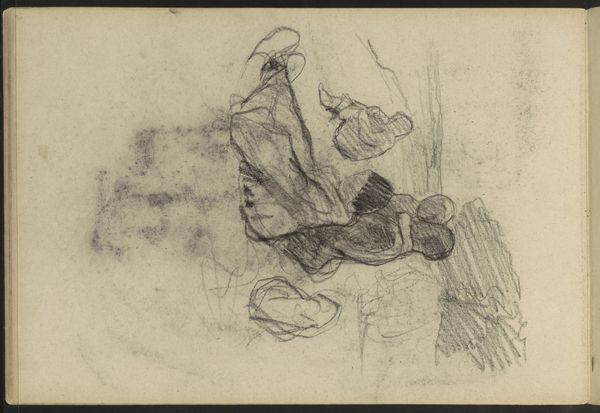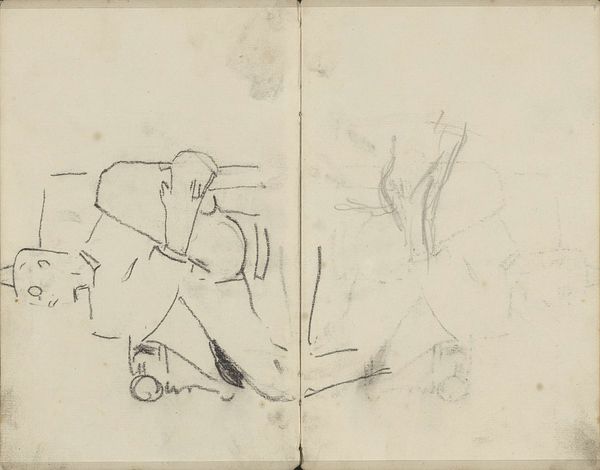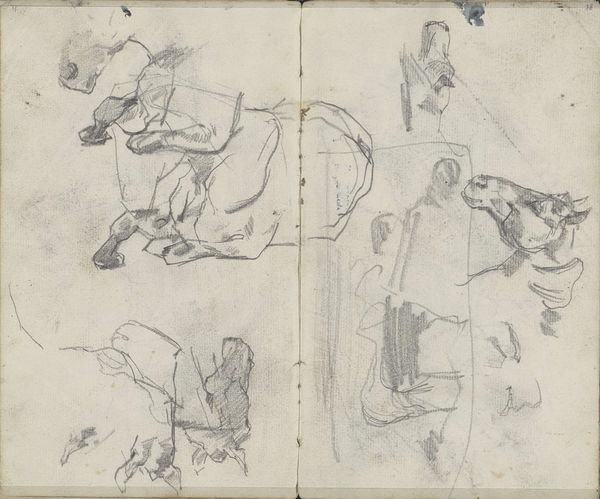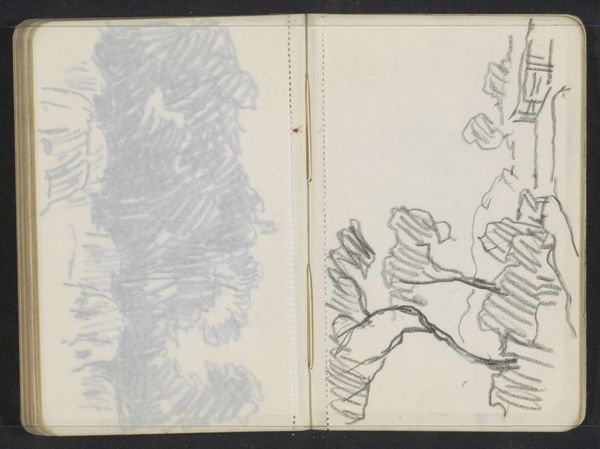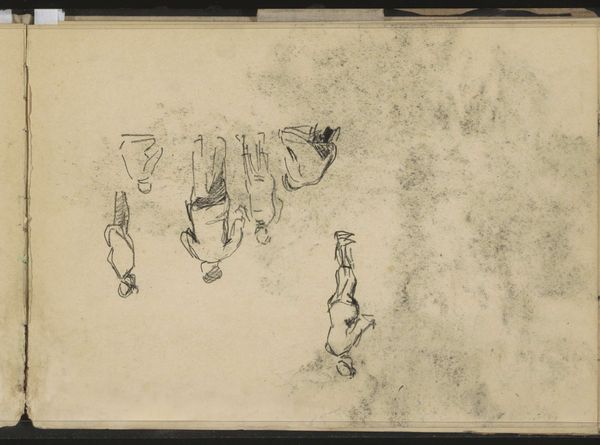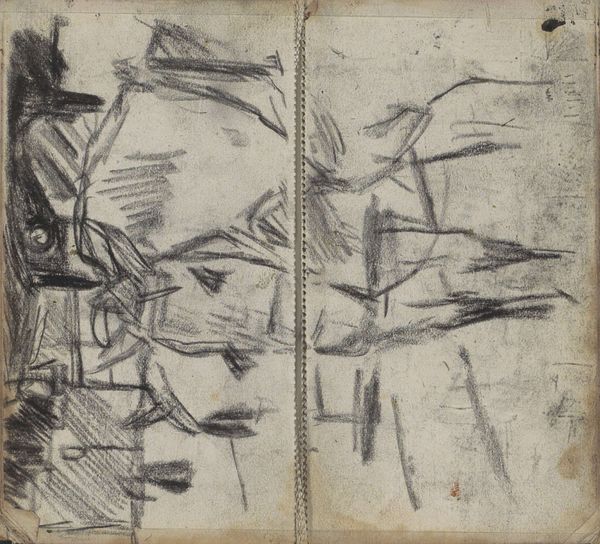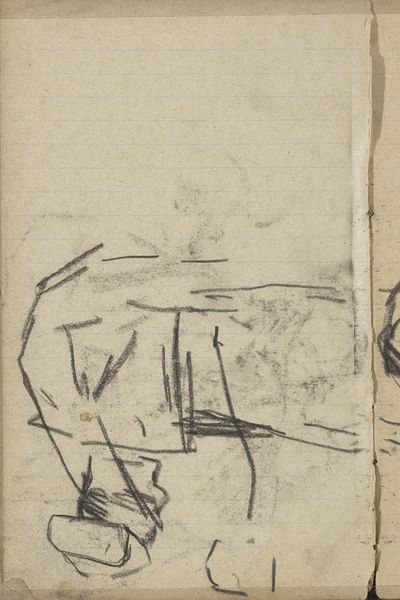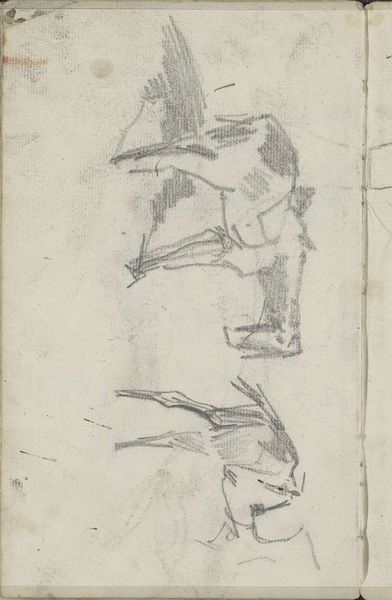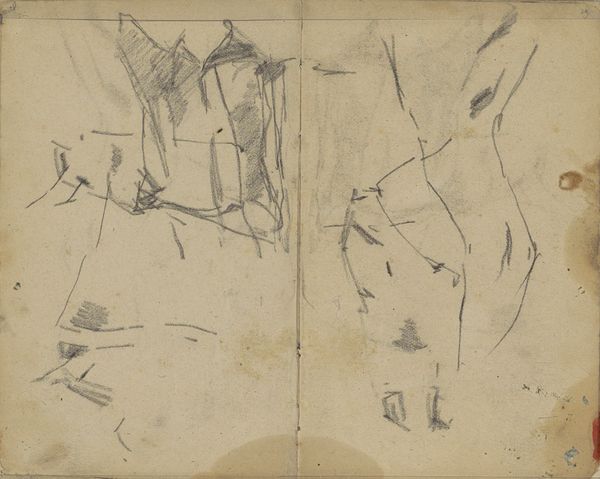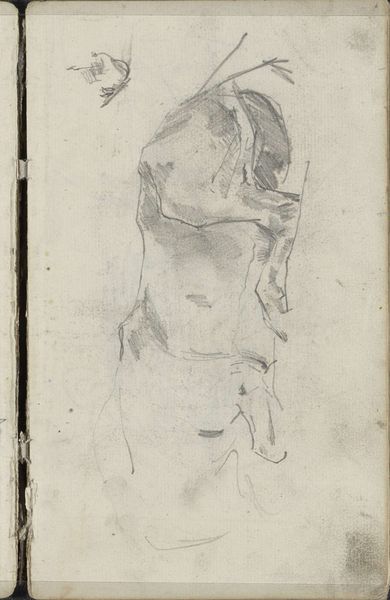
drawing, paper, pencil
#
drawing
#
pencil sketch
#
landscape
#
figuration
#
paper
#
pencil
#
horse
Copyright: Rijks Museum: Open Domain
Editor: This is "Studieblad met paarden," or "Study Sheet with Horses," by George Hendrik Breitner, dating from 1881 to 1883. It's a pencil drawing on paper. There's something so raw and immediate about these sketches. How do you interpret this work? Curator: Breitner, often called the "painter of modern life," here offers us more than just studies of horses. Consider the context: the late 19th century, a period of rapid urbanization and industrial change. Breitner was interested in capturing the energy of Amsterdam, and his choice of the horse is telling. What might these working animals represent within the social fabric of a rapidly changing city? Editor: So, beyond just being sketches of horses, you’re saying these drawings reflect broader societal themes? The working class, perhaps? Curator: Precisely. Think about it – the horse was still a vital part of transportation and industry, often used to haul goods and people through the city. Breitner wasn’t just documenting animals; he was documenting labour, and indirectly, the lives of working-class individuals whose livelihoods were intertwined with these animals. Are there any visual cues that might reinforce that? Editor: Well, the sketches are very rough, not idealized at all. They seem very focused on the animal’s anatomy, the way it’s built for work. Curator: Exactly! It’s that unsentimental portrayal that grounds it in reality. He wasn't glorifying rural life, but observing the everyday, often harsh realities of urban existence, acknowledging labour as a fundamental aspect of modern life. Editor: That shifts my perspective quite a bit. It makes me wonder about the stories of the people who depended on these animals, their own struggles reflected in these powerful, albeit fleeting, images. Curator: And that’s the power of art—to make us question and see beyond the surface.
Comments
No comments
Be the first to comment and join the conversation on the ultimate creative platform.
